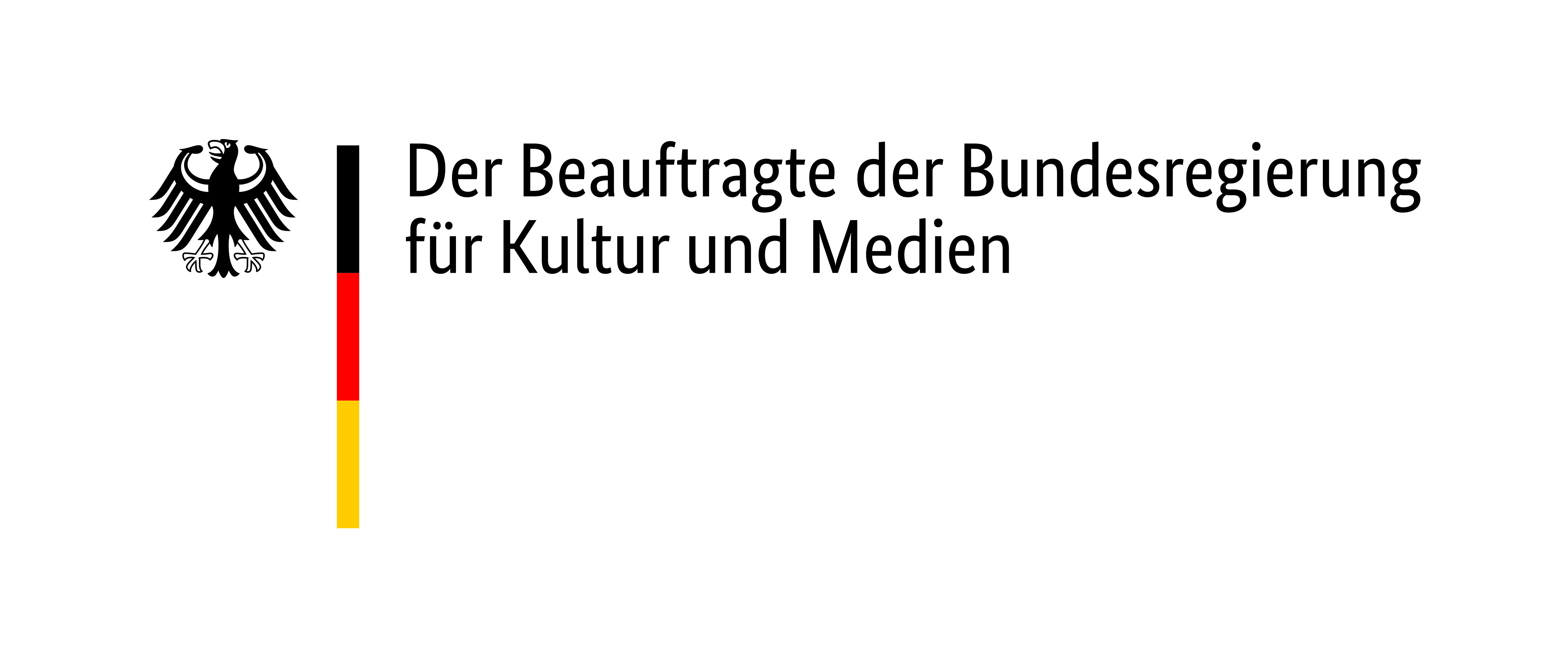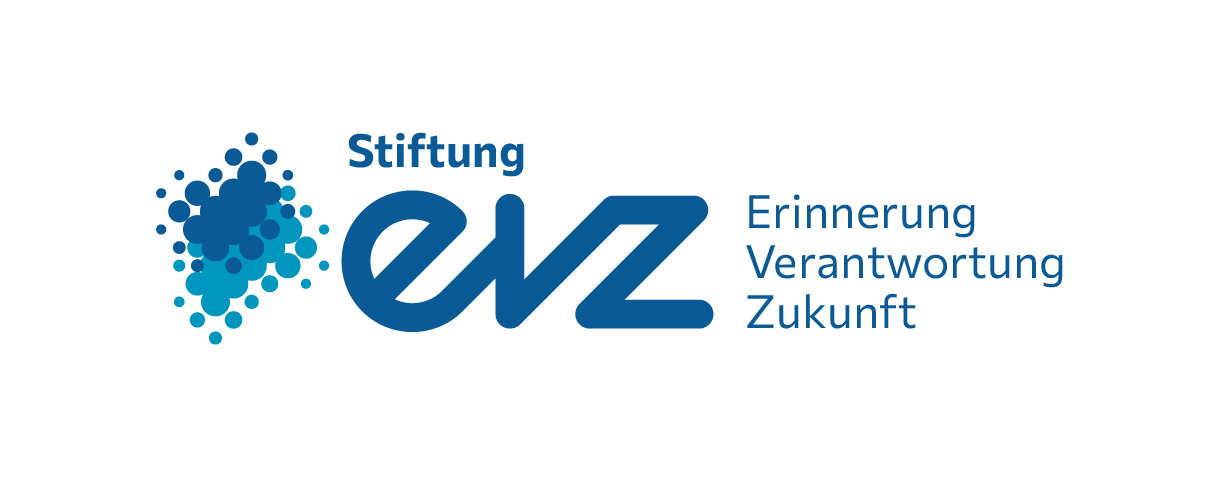1/3
Trade with the inhabitants of the “Jew camp,” as the DP-Camp Föhrenwald was called among the local population, was an important additional source of income for Germans in the first post-war years.
©Yad Vashem, Jerusalem
2/3
Pupils of the "Tarbut School", 1946.
The Tarbut Schools, founded in Warsaw in 1922, were an important part of the Zionist movement after the end of the war. They were intended to prepare young people for life in the newly founded state of Israel. ©USHMM, Washington
The Tarbut Schools, founded in Warsaw in 1922, were an important part of the Zionist movement after the end of the war. They were intended to prepare young people for life in the newly founded state of Israel. ©USHMM, Washington
3/3
The seat of the ORT, 1953.
The Jewish relief organization ORT (Organisation Reconstruction Training) was also in charge of vocational training. A former inmate of the Dachau Concentration Camp, Jacob Oleiski directed the training in Föhrenwald.
©USHMM, Washington
The Jewish relief organization ORT (Organisation Reconstruction Training) was also in charge of vocational training. A former inmate of the Dachau Concentration Camp, Jacob Oleiski directed the training in Föhrenwald.
©USHMM, Washington
The Western Allied occupation powers lodged those of the former forced laborers who remained in Germany – among them a substantial number of Jews – in camps for “displaced persons” (DPs). This was also the case in Thuringia, which was initially occupied by the Americans. Many waited in these camps for a chance to emigrate. Others hoped to find a way of making new lives for themselves in Germany.
The number and situation of former forced laborers in the Soviet-occupied zone has hardly been investigated. Particularly those from the Soviet Union were lodged in so-called repatriation camps.



